Getting inspired by aspiring young myrmecologists
Myrmecology can be open to people of all ages and nationalities if they do their research and put effort into their studies. My name is Josiah Kilburn, I am a high-school student who is aspiring to become a myrmecologist. I have met and interacted with many different myrmecologist,s and studied ants around the United States. I am the president of a high-school entomology club in Colorado but have observed and studied ants in other states too.
A Photoblog contribution by Josiah Kilburn

All pictures are (© Josiah Kilburn)
With my entomology club, we collect lots of insects during the spring, fall, and summer. This is a queen of Pheidole cf. bicarinata we collected.
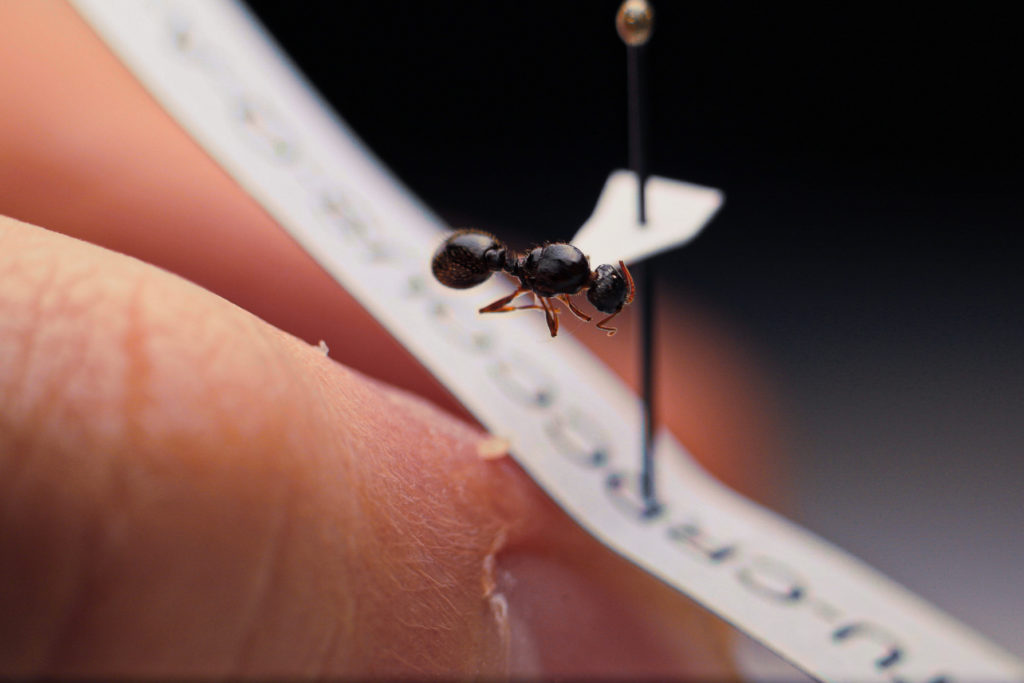
There are various species found in Colorado, particularly species related to Formica ants. These are two different species of ants, Polyergus mexicanus (left) raids Formica nests for brood. The Formica sp. male (right) is ~12.6 cm long, it is very large for Formica males in Colorado.
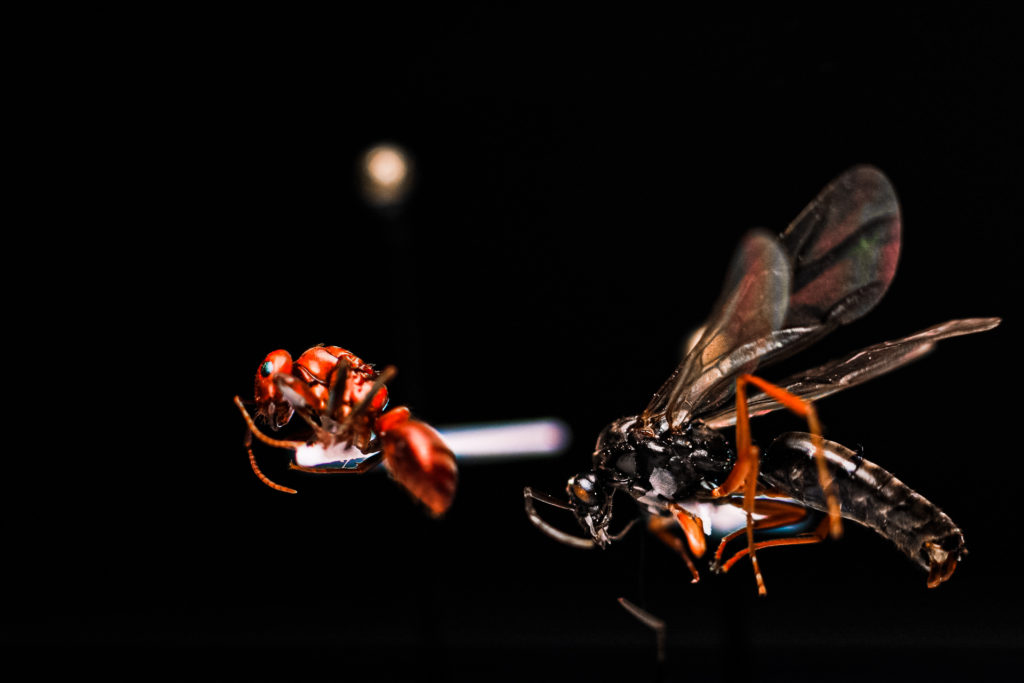
Tetramorium immigrans is one of the most common species found here in Colorado, this specimen is a male.
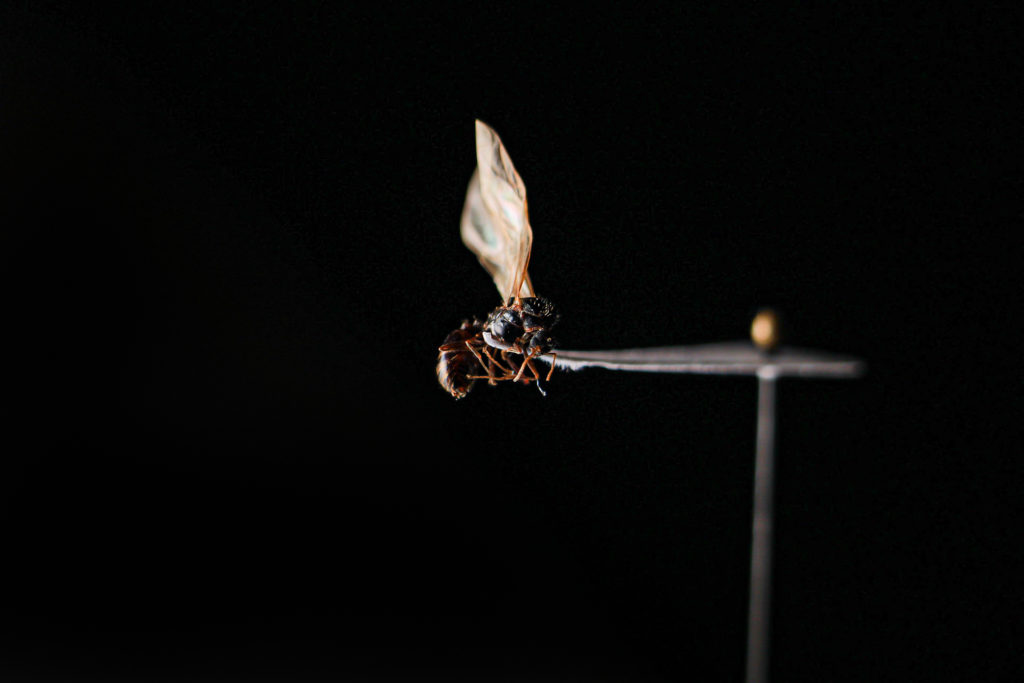
Me (center) next to two other members of the entomology club, Evan Rattcliffe (left), and JP (right). Here, we are showing some ants we pinned from Texas and our summer collection cycle. (Update on 04.07.2024: One name of the people in the picture was changed)
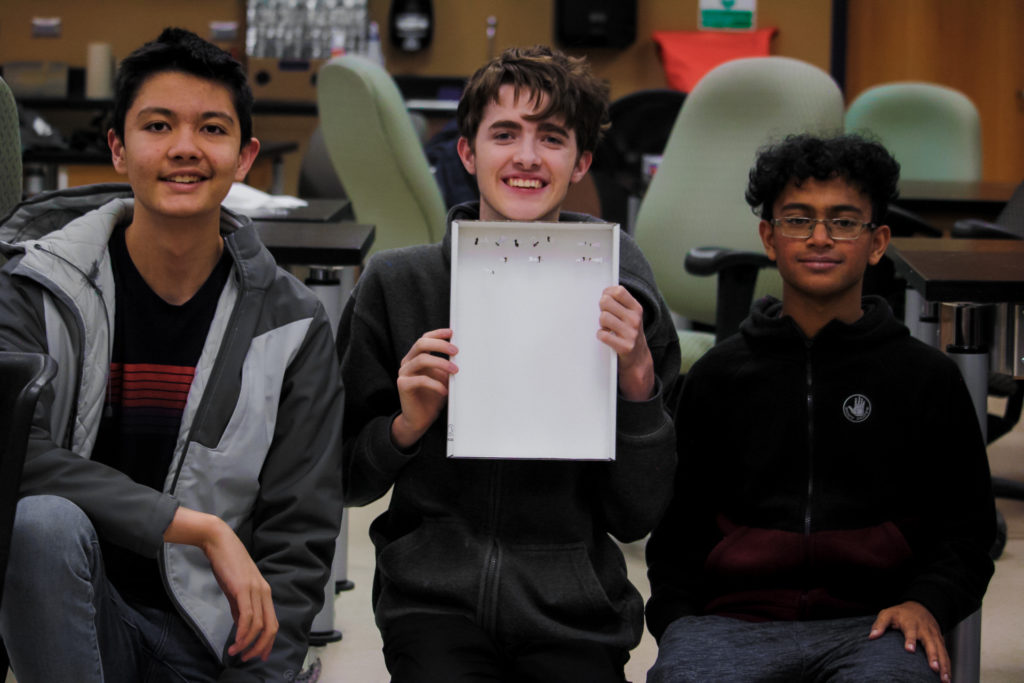
I also do live ant photography. Recently I have been experimenting with reflection photography. This is a Crematogaster cf. cerasi gyne cleaning its antennae.
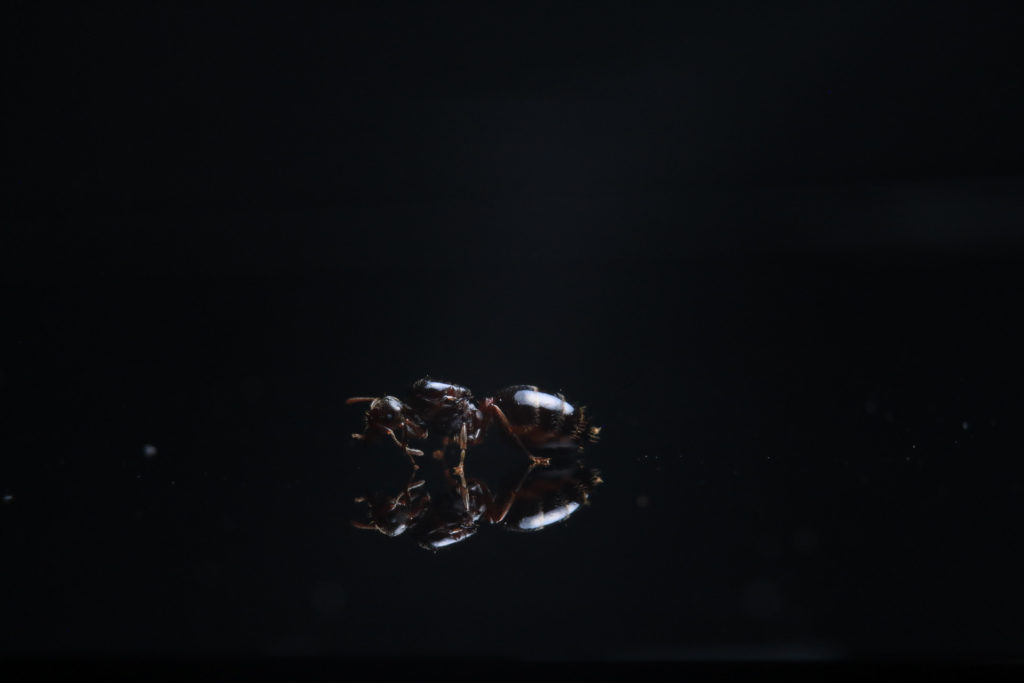
I am fortunate to have a few opportunities to travel every year. This last fall, I visited Texas, where I found many ant species that are not native to Colorado. Below is an image of a live gyne of Carebara longii. Carebara longii is one of the rarest ants in the United States. It is a cryptic species of the Cocina species group.
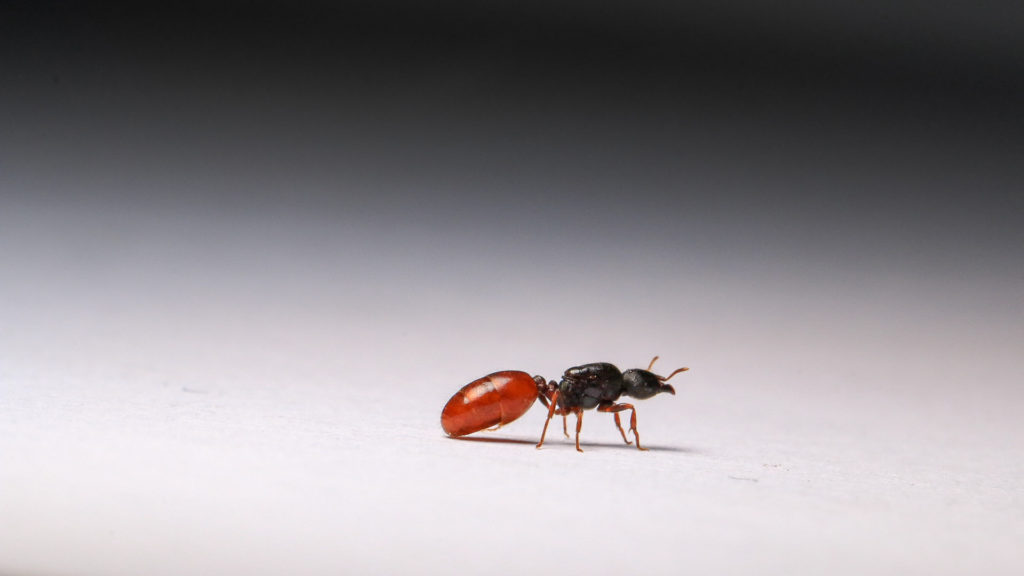
Carebara longii is either a cryptic or subterranean ant species and not much is really known about its biology. This specimen was found in leaf litter next to a larva of a Lucanus sp. stag beetle. Corroborating with many other citizen science observations on iNaturalist, and based on literature records, they appear to have two nuptial flights, one in September (18-24) and one in October (12-15). Workers are mostly found around the time of the nuptial flight, which could support either hypothesis of a cryptic ant species or a subterranean ant species. Here, some specimens were collected by sorting leaf litter, which supports the cryptic ant species hypothesis. Interestingly, they are placed in a species group that is described as dimorphic, but no majors have been observed. More collections and observations will have to be recorded to determine if they have majors or not.
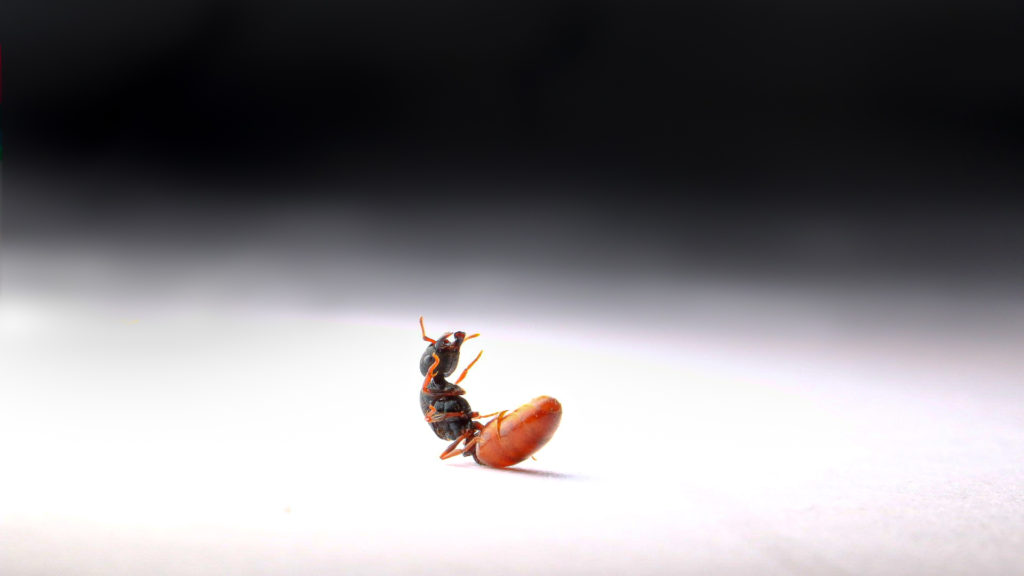
Texas is home to the infamous RIFA (Red Imported Fire Ant aka Solenopsis invicta). The picture shows a small colony I collected under a stone.
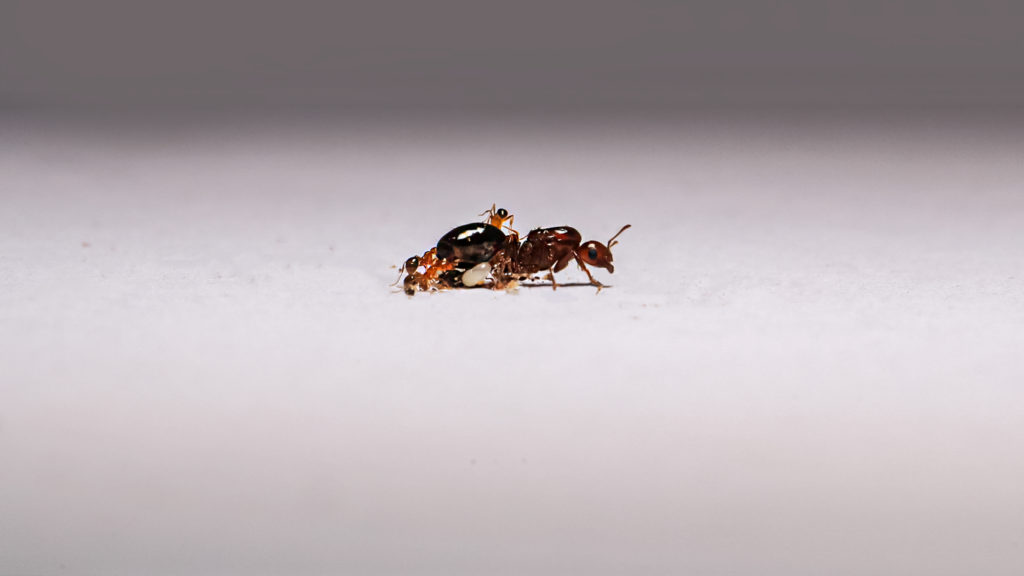
A reflected profile of Carebara longii shows some of its features, including its erect abdominal hairs, and petiole.
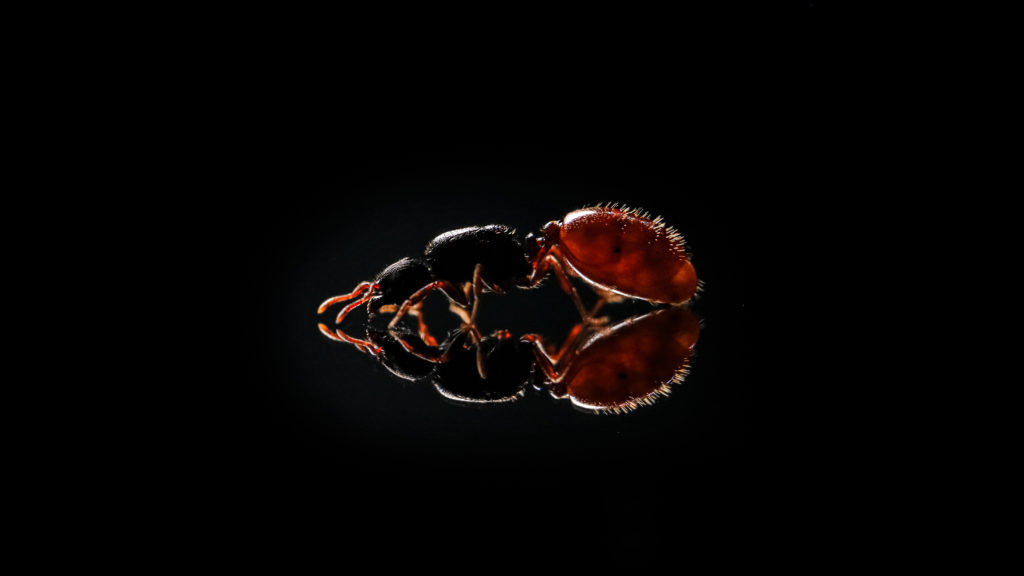
Carebara longii within her test tube setup for observation. With some wood soil mixed with the soil found in her nest.
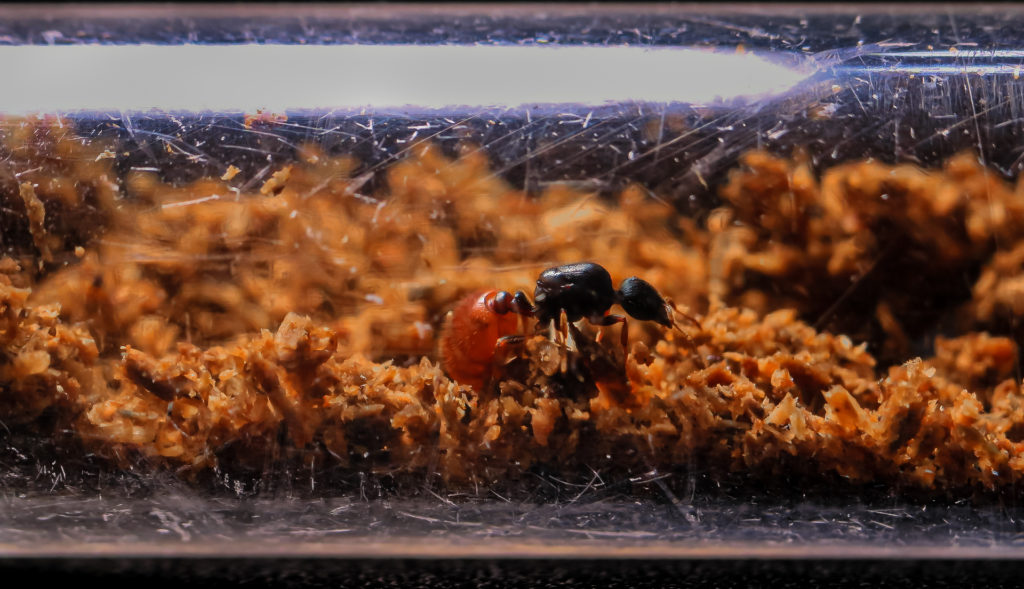
Carebara longii is likely a cryptic ant, so I put it in a cryptic setup for observation. I made a special soil blend with 40% blended oak leaf litter, 40% arboreal mycelium substrate, and 20% loam.
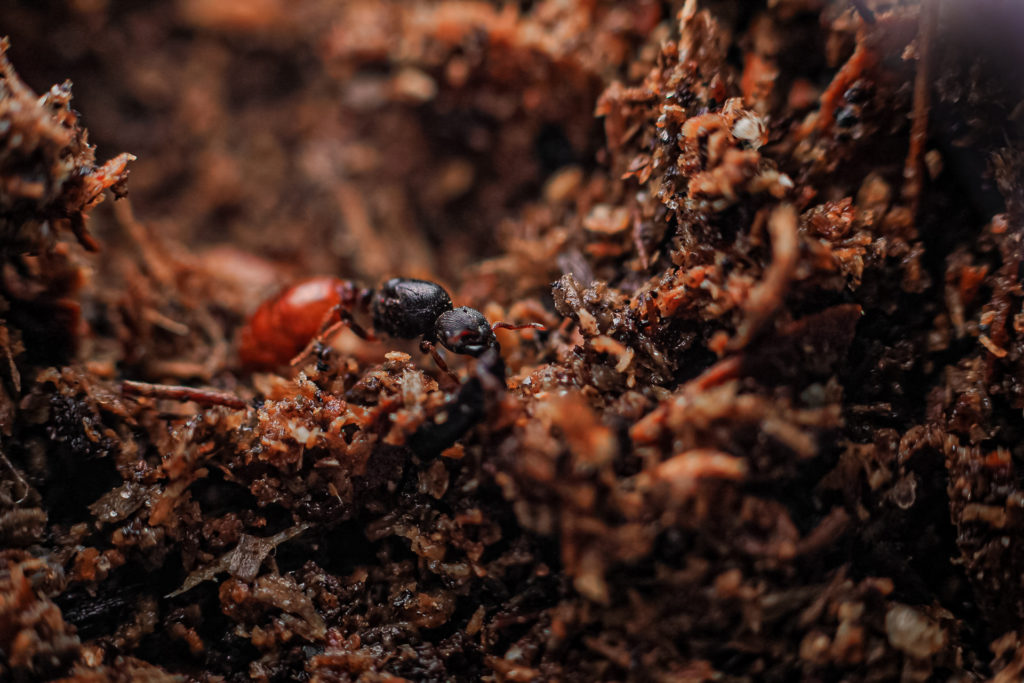
Pheidole cf. pilifera found in March 2020.
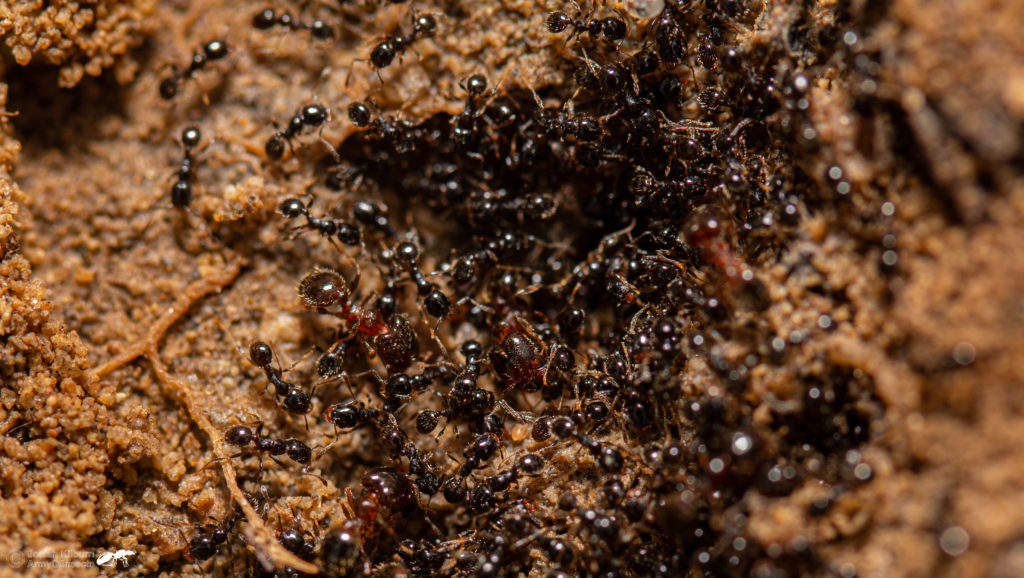
Crematogaster cf. emeryana, found in April 2020.
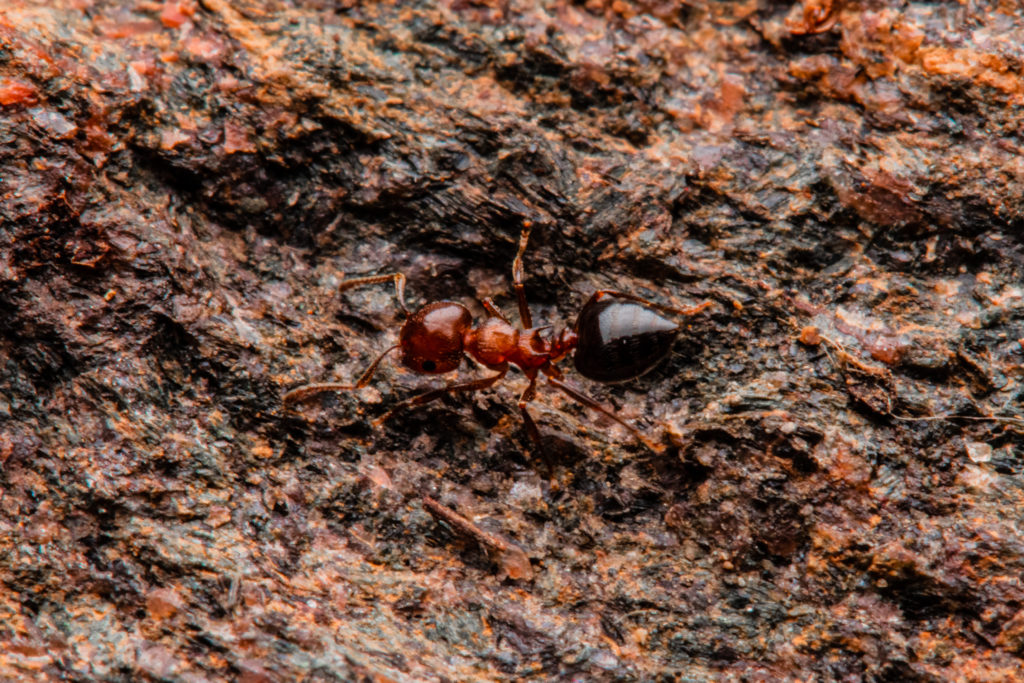
Tetramorium immigrans or Tetramorium tsushminae – we are currently looking into the possibility of their presence in Colorado. But given the place found and the known literature, it is more likely T. immigrans.
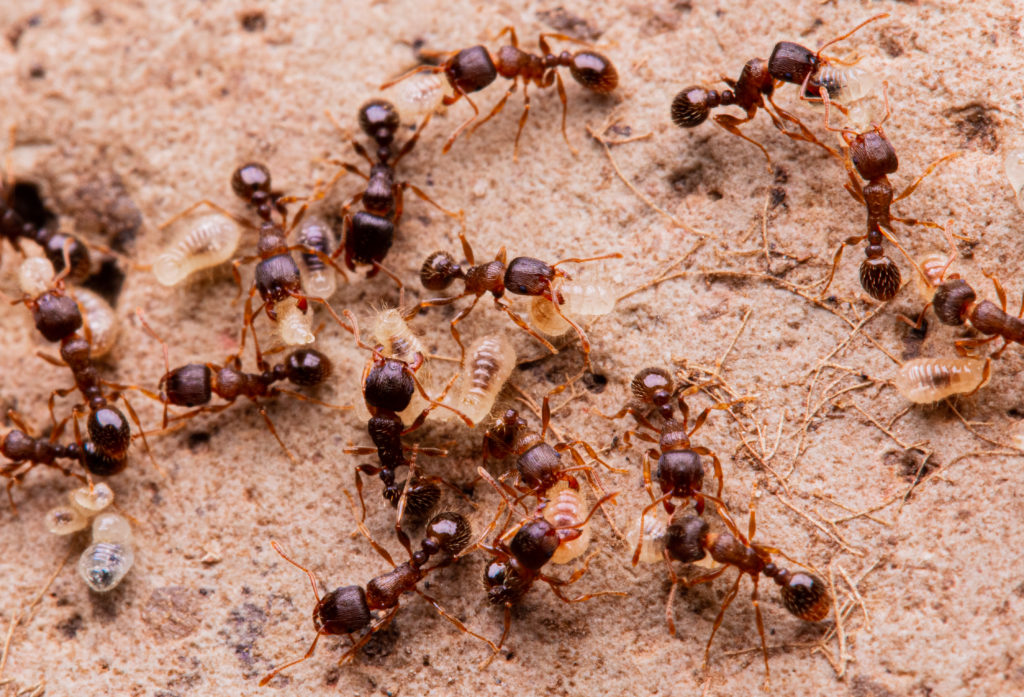
Dorymyrmex cf. insanus
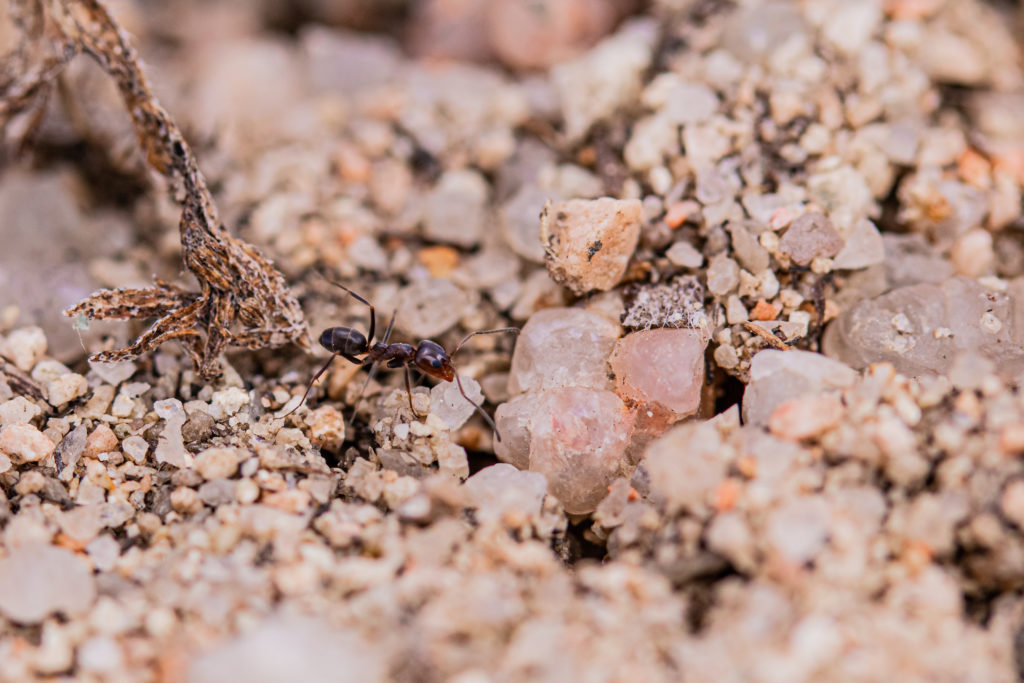
Solenopsis molesta on a rock.
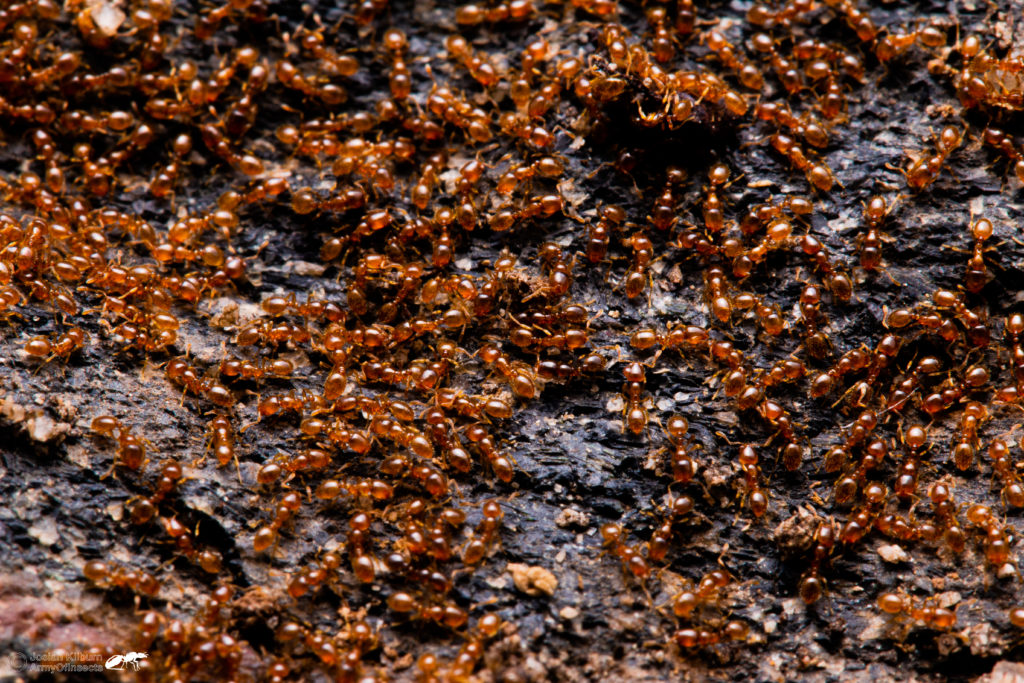
With the entomology club, we have found various colonies. One of them was this Monomorium minimum colony.
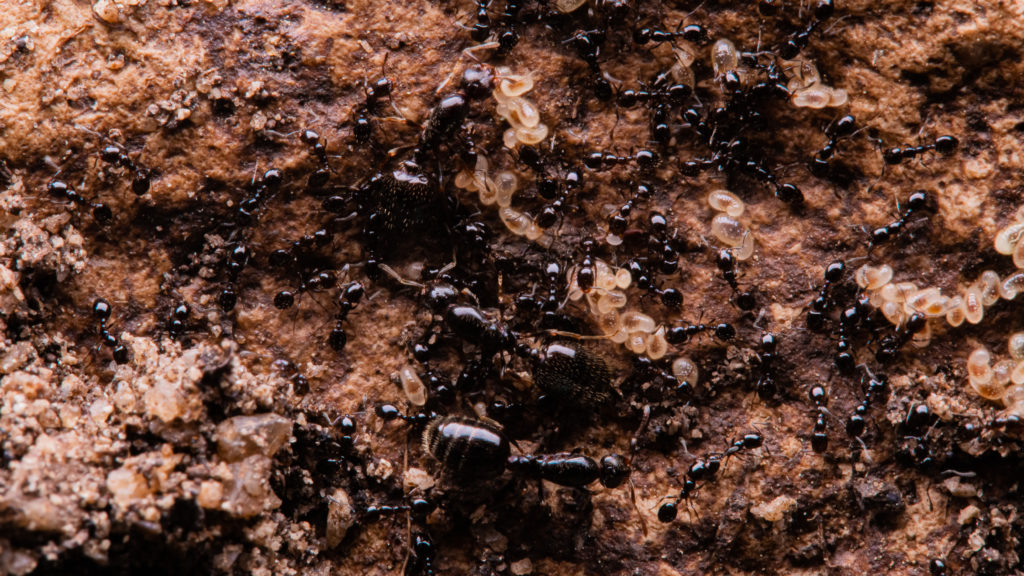
Colorado also happens to be a hotspot for the genera Lasius and Formica. Recently we have been exploring the unique world of parasitic Lasius, and those within the Acantomyops group. Below is Lasius cf. interjectus.
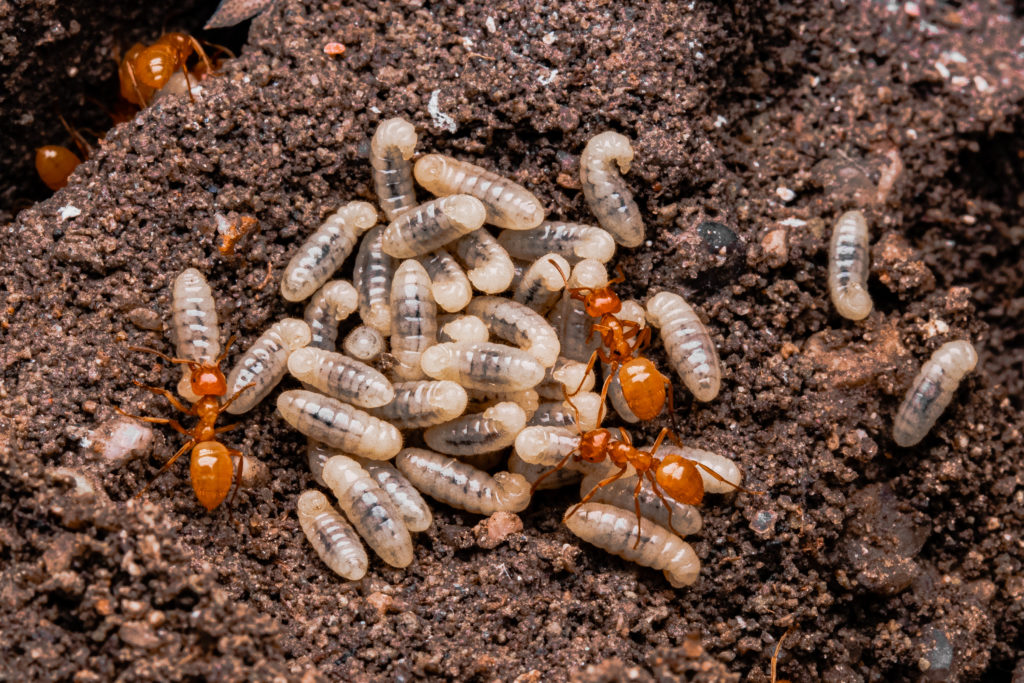
Below is a close-up of the larvae belonging to the Lasius colony above. It was very interesting to discover how unique the different larvae of ants can be, especially those of Lasius and Tetramorium, which I recently discovered are far hairier than they let on.
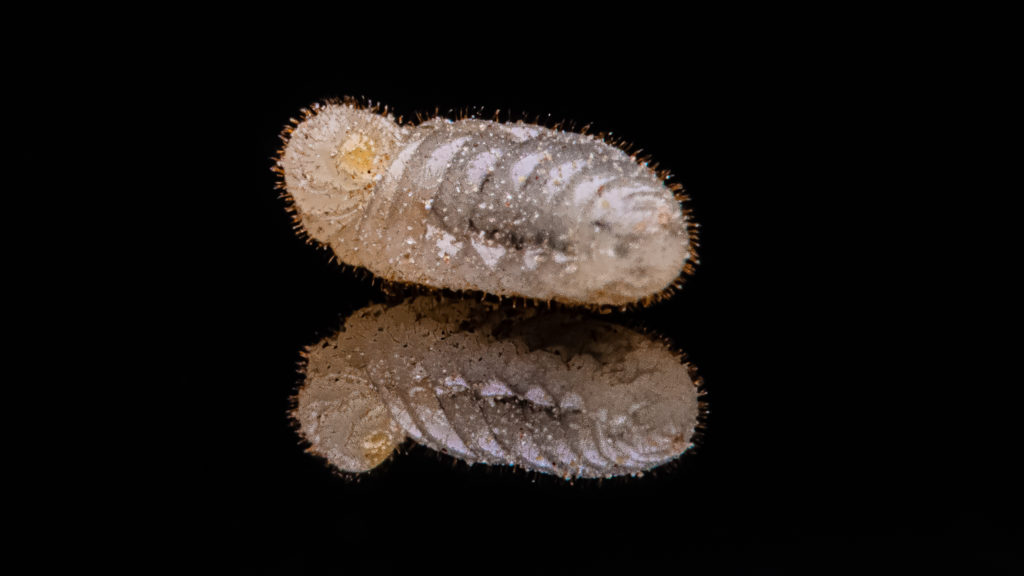
This is another species of Lasius in the Acanthomyops species group. These show lots of polymorphism as evidenced by the tiny worker in the bottom left corner. I think these might be Lasius cf. creightoni, but I am still trying to identify them.
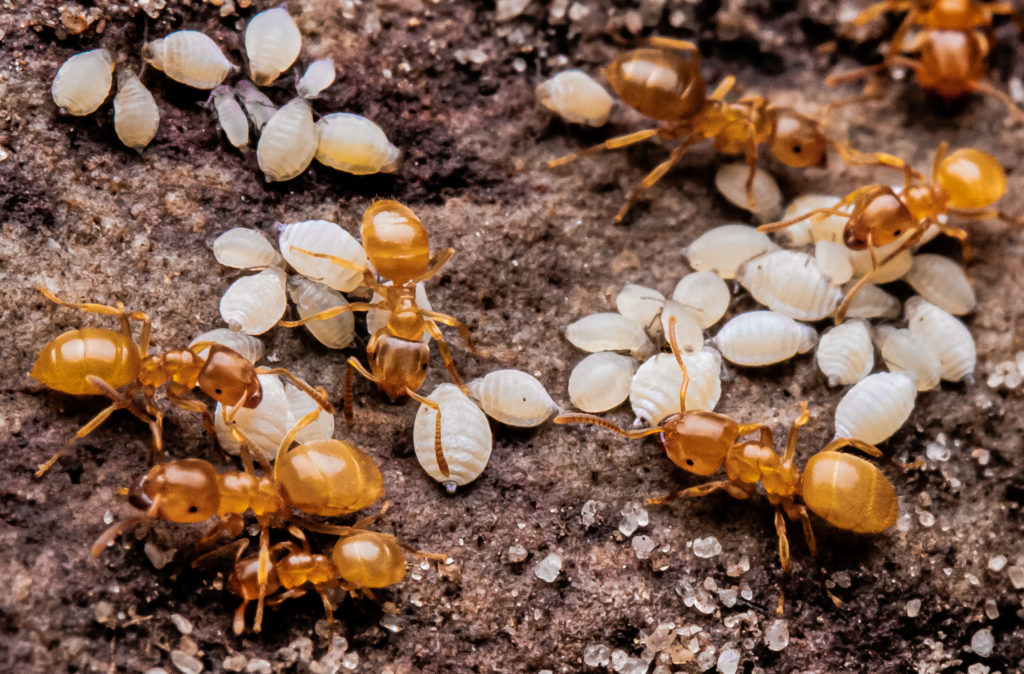
Another interesting species that we found recently in Colorado is a species of the genus Temnothorax. It likely is a regional variant of Temnothorax cf. rugulatus, because the colonies of this species exhibit much darker gynes than the other specimens of this species. An interesting observation is that the colonies here also have macrogynes, in other populations, this species only has microgynes.
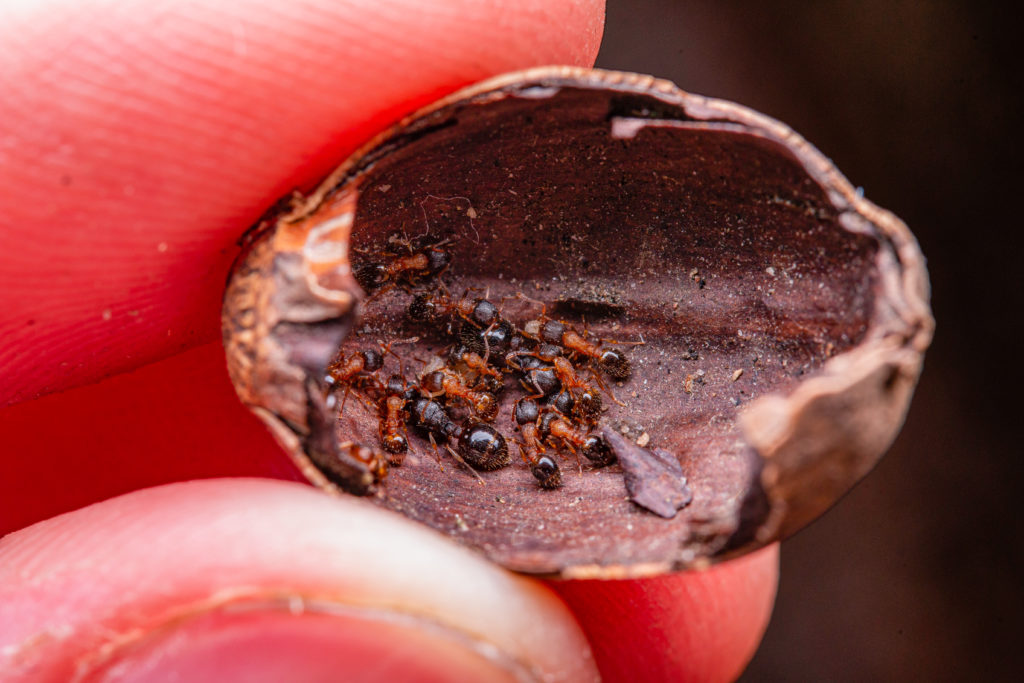
With the entomology club we also recently started a project to survey ants from Castlewood Canyon state park as a club effort along with volunteers from my scout troop. And we are currently expanding our club as we have added the online discord to help engage high school students interested in myrmecology and entomology all over the world. As part of this endeavor, we are also actively searching for experts to host Q&A’s in our club. If you would like to learn more about me or my club you can contact me through my email, jk@uglyorangetruck.com, or drop by on my website.


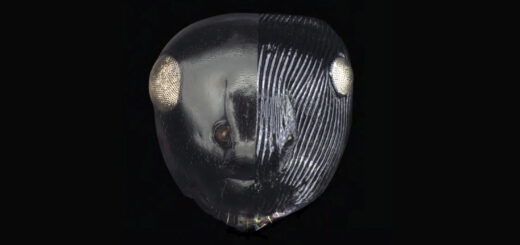
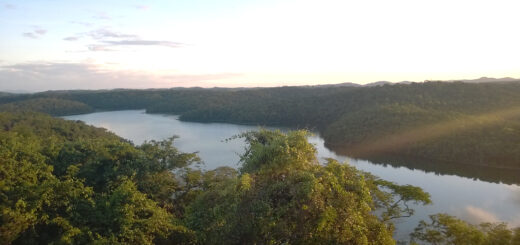
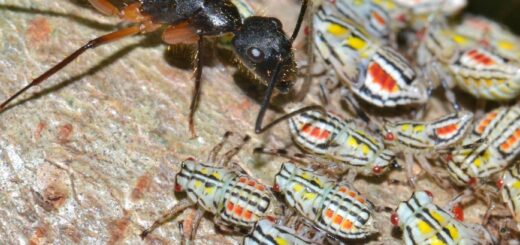
Recent Comments